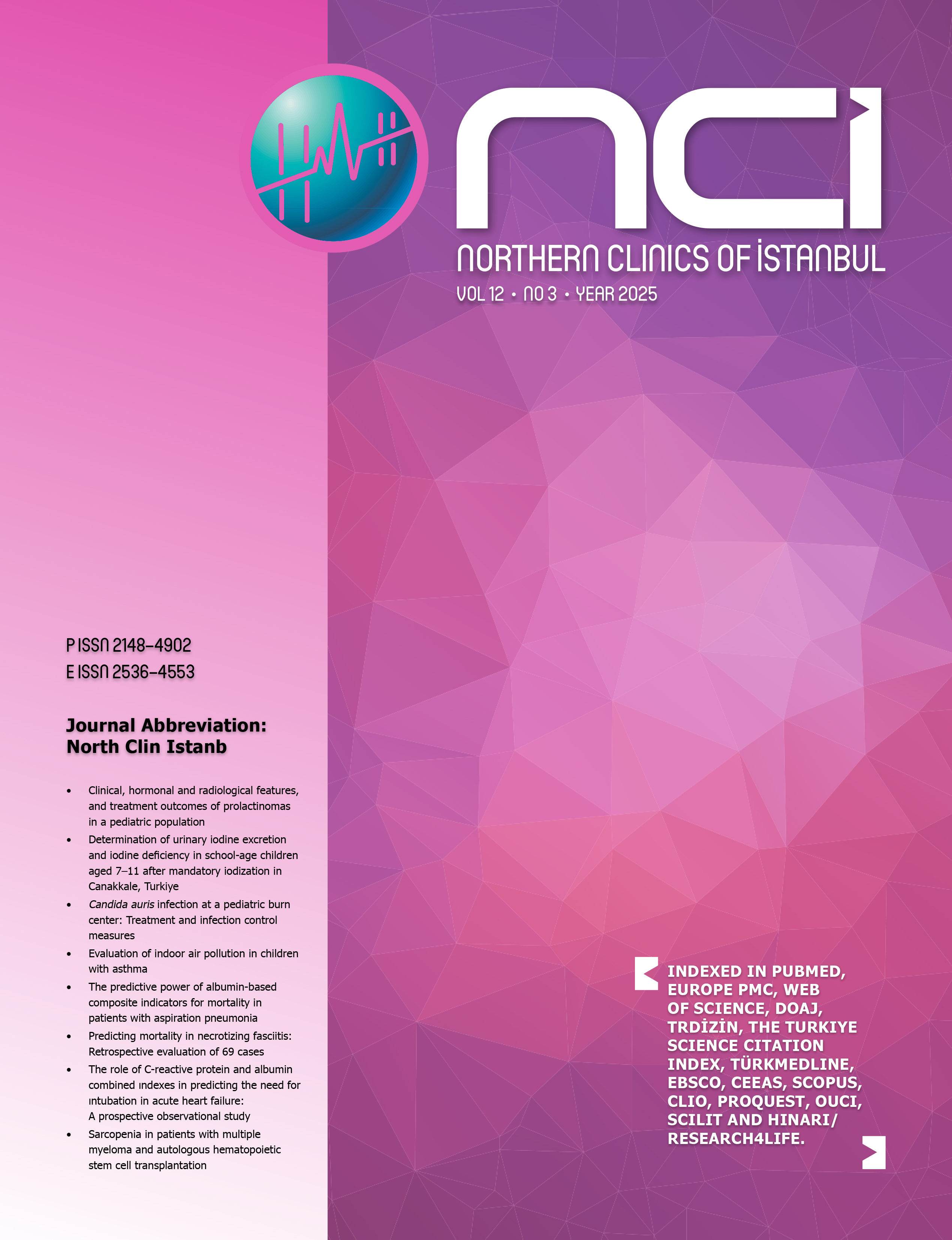Current therapeutic strategy in osteoarticular brucellosis
Gamze Kalin Unuvar, Aysegul Ulu Kılıç, Mehmet DoganayDepartment of Infectious Diseases, Erciyes University, Faculty of Medicine, Kayseri, TurkeyBrucellosis is a common zoonotic disease with high morbidity. In the majority of human cases, the causative agent is B. melitensis. Infection is transmitted to humans by direct/indirect contact with the contaminated animal products (e.g., consumption of unpasteurized milk), infectious aerosols and aborted fetus. Brucellosis often affects middle-aged adults and young people. Patients with brucellosis tend to have non-specific symptoms, including fever, chills, night sweats, joint pain and myalgia. Brucellosis affects various organs and tissues. The osteoarticular system is one of the most commonly described affected systems in humans. In several clinical studies, the prevalence of Osteoarticular Brucellosis (OB) is reported as 2-77%. Most important osteoarticular clinical forms osteomyelitis, spondylitis, sacroiliitis, arthritis and bursitis. Spondylitis and spondylodiscitis are the most frequent complications. Spondylodiscitis often affects the lumbar (especially at the L4- L5 levels) and low thoracic vertebrae than the cervical spine. Back pain and sciatica radiculopathy are the most common complaints about patients. Sacroiliitis is associated with severe pain, especially back pain in affected individuals. Spinal destructive brucellar lesions are also reported in adults in previous studies. Brucellosis is diagnosed with clinical inflammatory signs (eg. tenderness, pain) of the affected joints together with positive serological tests and positive blood/synovial fluids cultures. Serological test measures the total amount of IgM/IgG antibodies. Standard agglutination test (SAT) titer ≥1: 160 is in favor of brucellosis diagnosis. Enzyme-Linked Immunosorbent Assay (ELISA) and Polymerase chain reaction (PCR) are other types of diagnostic tests. Radiological assessments, such as joint sonography, computed tomography, magnetic resonance imaging, are the most helpful radiological methods to diagnose spinal brucellosis.
The agents commonly used in the treatment of brucella spondylitis are doxycycline, streptomycin, gentamicin, ciprofloxacin, trimethoprim/sulfamethoxazole and rifampicin. The recommended regimens for treatment of brucella involve two or three antibiotics combinations. No standard treatment, physicians prescribe drugs based on conditions of the disease. Patients need a long-term (usually at three months) antibiotic therapy for mainly aiming to prevent relapses. Surgery may be required for patients with spinal abscess. This review focused on physicians awareness for osteoarticular involvement, clinical presentation, diagnosis and current treatment of OB.
Manuscript Language: English





















